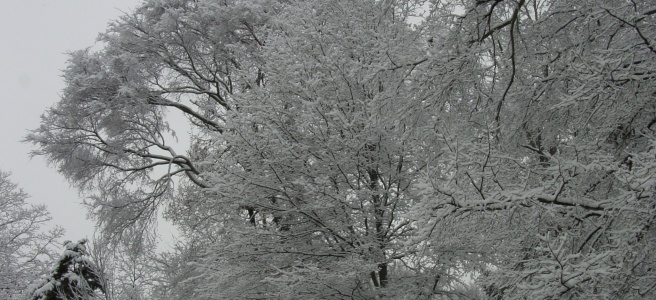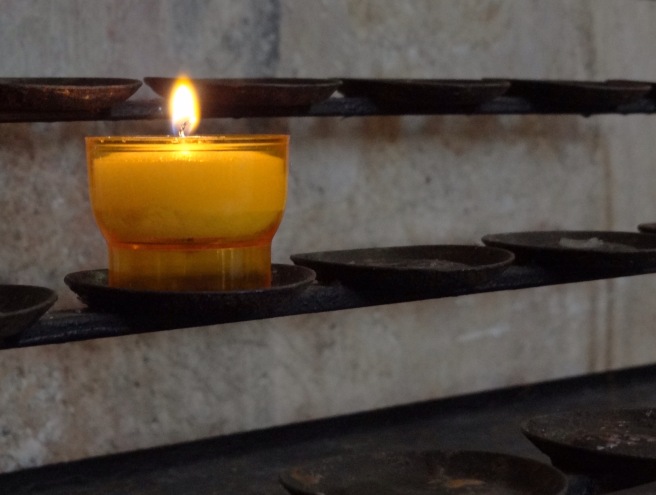It’s magnolia time again. Walking through clouds of their heaven-sent aroma each morning tells me that the earth turned ’round the sun to another May.
Last May, I was at the coast on a rented pontoon boat, sifting Ruth Ann’s ashes through my fingers and into the ocean she loved. This May, I sit in a hospital room, watching another friend sleep after exhausting afternoons of leaking IV’s, painful turnings, disgusting lunches, and procedure after procedure as various doctors engaged in “the practice of medicine” attempt to find the cause of her downward spiral from vivacious, sparkling musician to bedridden invalid.
Calling her my “friend” isn’t exactly right. We are friends, but it’s more than that. But we’re not like sisters, and we’re not mother-daughter either, despite the difference in our ages. After days of sitting with her, I decide that she is as close as I’ll ever come to having a fairy-godmother. For she’s made my wish of being a musician come true.
I first met her at a concert that I attended solely because the advertisement said a harp trio would perform. I was looking for a harp teacher. After the concert I asked her if she taught harp. She quickly said, “Oh, heavens, no. But I have a wonderful teacher. Let me give you her name and phone number.” And so I found my teacher and started my harp journey.
I met her again a year later, when I started playing in the community college harp ensemble. Then, I could barely read and play two notes per measure with my two index fingers. She sat beside me, and counted out the measure numbers while she played so I would know where I was supposed to be in the music.
When rotator cuff surgery ended my African drumming days, I dusted off my 7th grade recorder and decided that I wanted to play in the community college recorder ensemble that she directs. I asked her if she could teach me enough basic recorder technique to be able to join the group. She took me on as a student that summer, and I joined the ensemble in the fall. She continued my lessons so that I could keep up with learning the ensemble repertoire. A couple of years later, she told me it was time for me to up my recorder skills and go to the Mountain Collegium, a week-long summer early music workshop. She then set to teaching me how to play the alto recorder, so that I would be ready for the intensive Collegium classes.
Sometime during those hours of sitting beside each other in lessons, playing our recorders together, we became more than just student and teacher – we became friends.
Three years ago, after one of my most disastrous performance experiences, she dragged my reluctant self to a Hospice volunteer recruitment lunch. While I was ready to never, ever play beyond the walls of my practice room again, she told me that I needed to play on the Hospice unit. As we walked through the doors of the Hospice offices, she told the Hospice staff that I played the harp. The volunteer coordinator grabbed an application and a clipboard and shoved them into my hands, and insisted that I complete my volunteer paperwork right then and there.
One of my favorite things since becoming a Hospice volunteer is playing with my friend at the hospital. We have a program of recorder duets, harp and recorder duets, and harp and viola de gamba duets, that we play both in the hospital lobby and on the Hospice unit.
She was my chief cheerleader and practice coach when I played in the Early Music Consort. Eating our lunch together after Consort rehearsals, she would always tell me the things I did well in my playing that day. She was my antidote to the overall negative experience of playing in that ensemble.
All of my adventures in music trace their paths back to her. In addition to connecting me to all these opportunities, she taught me about being a musician: how to listen, how to hear the music inside my head before playing, how to use my breath to create a flowing musical line, how to play well with others, how to keep moving forward in the music despite my inevitable train-wrecks, and most of all, how to share my love for the music and the instruments I play with whoever might be my audience.
Now she’s facing her biggest challenge, far worse and more difficult than anything she’s ever faced on her music stand. The result of all her tortuous medical procedures is a Stage IV cancer diagnosis. The chemotherapy she began this week has only a 50-50 chance of bringing about a remission. And that is only if she has the strength to endure the four different poisons that will kill the cancer cells.
The treatment pretty much destroys her immune system, so she is in a specialized hospital chemotherapy unit that is designed to reduce the risk of contracting what would be fatal infections. She’s not allowed visitors outside of her immediate family. Fairy-godchild does not meet the hospital definition of “immediate family,” so my time spent sitting at her bedside is over.
I don’t know how this story is going to end. Ten days ago, when she didn’t recognize me, when playing my harp in her hospital room failed to spark any response, I thought Music had left her heart and her time was over. This week, she wishes that there was a piano in her hospital room so she could “just play something.” Music remains her dearest friend and strongest ally. I don’t know if Music can keep her heart and spirit safe enough for her to survive this assault on her body. But today I believe in her spunk, and in Music’s potential to save her. Today, I do not have to say another goodbye.
Would you like to share this post?







